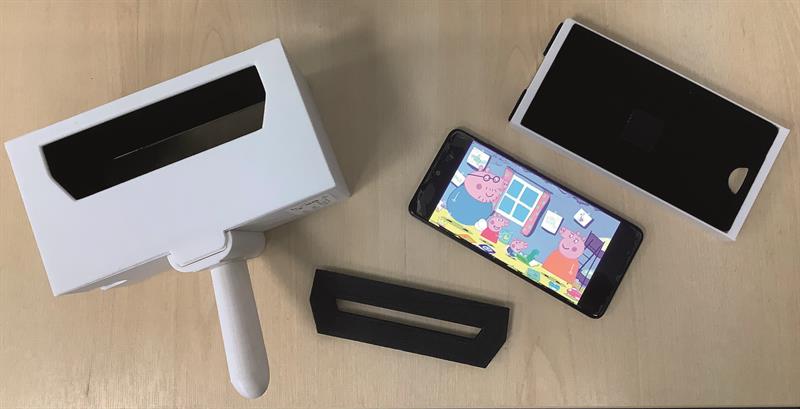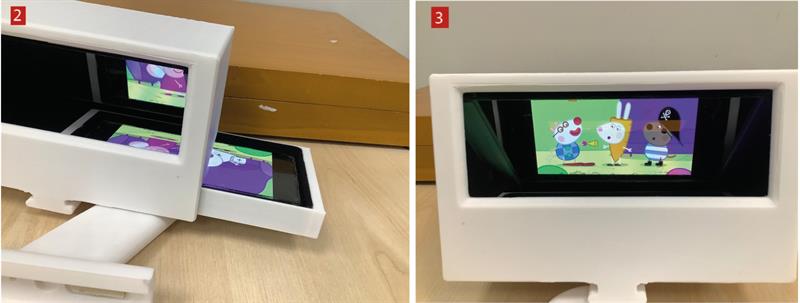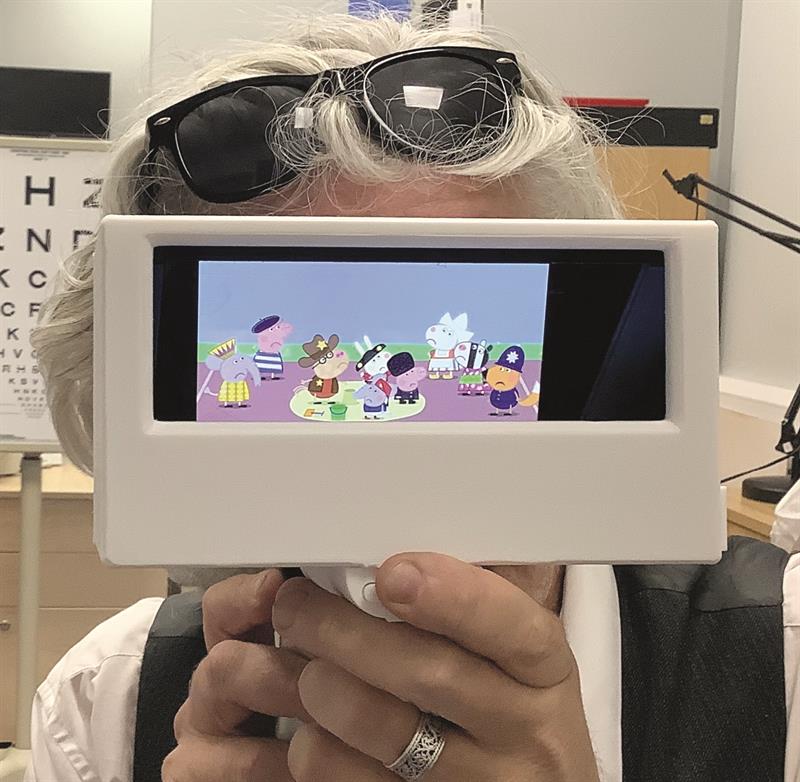
It is an unfortunate truth that the patients for whom an objective refraction is most essential are also those least able to maintain steady fixation and relaxed accommodation for any useful period of time. The very young, the non-verbal learning disabled and some people with cognitive impairment are unlikely to find a light flashed at them either relaxing or interesting. And if they have an aversion to the test results in having drops instilled, they may develop a life-long distrust for eye care professionals.
Retinoscopy, and indeed desktop or hand-held autorefraction, is only able to give an accurate and repeatable result when the patient is able to maintain a steady gaze direction and relax their accommodation. An autorefractor may incorporate a picture such as a hot-air balloon or, as with some paediatric hand-held devices, may use a range of flashing lights or noises to maintain patient attention. Retinoscopy is preferred for less attentive patients because of the flexibility of movement it offers, but usually there is still a need to wave around a toy or use a target to encourage patient cooperation, and off-axis error and poor control of accommodation are still common.
A novel way of addressing this challenge has been developed by Durham-based optometrist Simon Berry whose Visual Fixation System I was able to try out in clinic last week.
Visual Fixation System
Like all the best inventions, the Visual Fixation System is simplicity itself and, I can confirm, works excellently. The system comprises a handheld box that contains a two-way mirror, a viewing aperture with a removable slit aperture, and a draw into which most sized smartphones easily fit (figure 1).

After opening the video or image on the smartphone, I simply placed the phone in the tray and slid it into the box (figure 2). Once done, the patient is able to see the mirror reflection of the video (figure 3), while I was able to see the retinoscopy reflex via the same two-way mirror (figure 4, see top).
Figure 2 & 3:

I chose the detachable slit aperture every time as I found this helped me to more easily direct the retinoscopy beam while my student guinea pig colleague confirmed that it minimised the impact of the light from the patient viewpoint (figure 5).
Figure 5:

Image Selection
The beauty of this simple gadget is that it allows the practitioner complete freedom over what they display on the smartphone screen. I chose the Peppa Pig video, not through any loyalty to a famously inattentive politician, but because the video and soundtrack have a proven track record in maintaining cooperation in very young children. Many of my learning disability (LD) patients are big music fans, so for them I find a YouTube video is helpful. Bob Marley and Whitney Houston both work well. For severe LD, a dedicated app, such as the Fluidity app (figure 6) with its swirling colour changing target and ambient sounds, are helpful. And, for severe cognitive impairment, it can be helpful prior to the assessment to determine any image or video from a patient’s past that has been known to relax and focus a patient who might otherwise find the eye test confusing and frightening.
Simple and Effective
The Visual Fixation System works well on all patients where maintaining focus and attention is a challenge. Well done, Mr Berry.
- For further information, go to simonberry.co.uk/visual-fixation-systemfixation-system.


